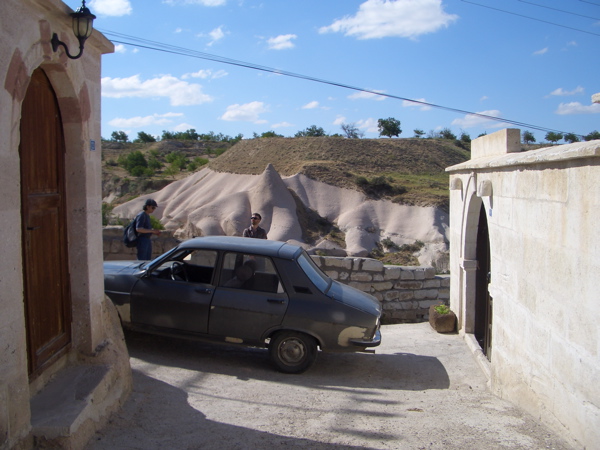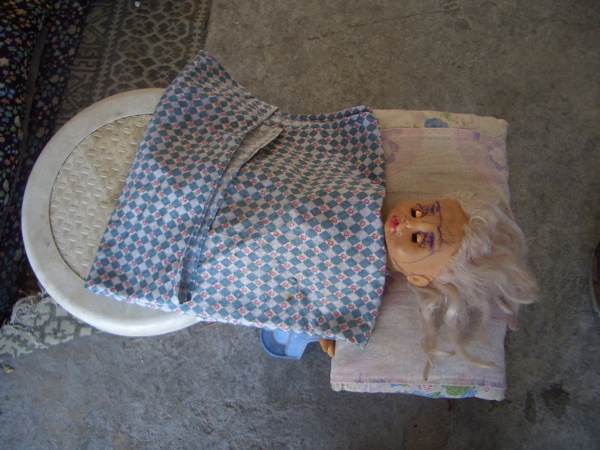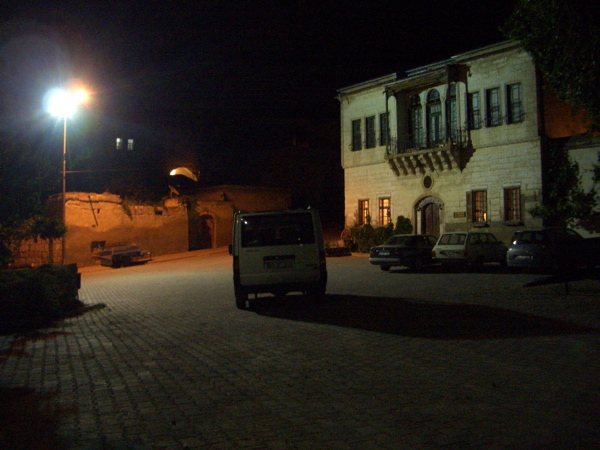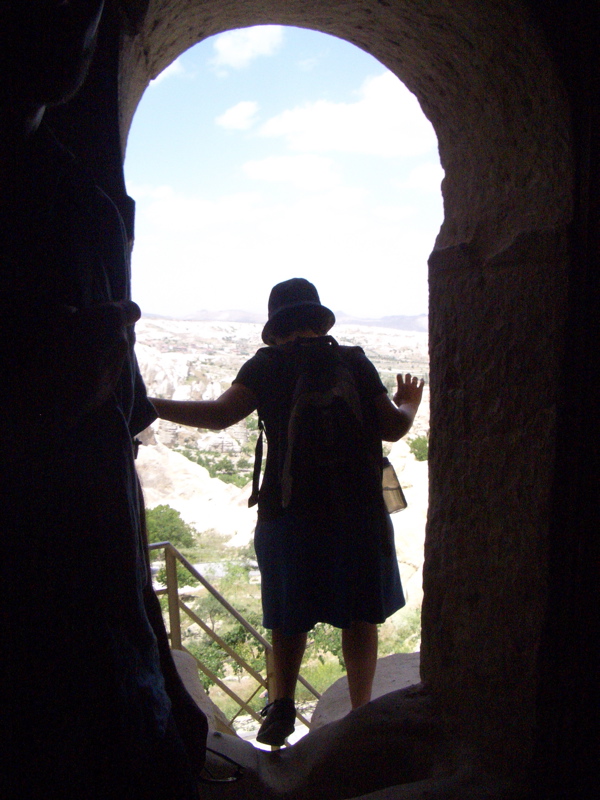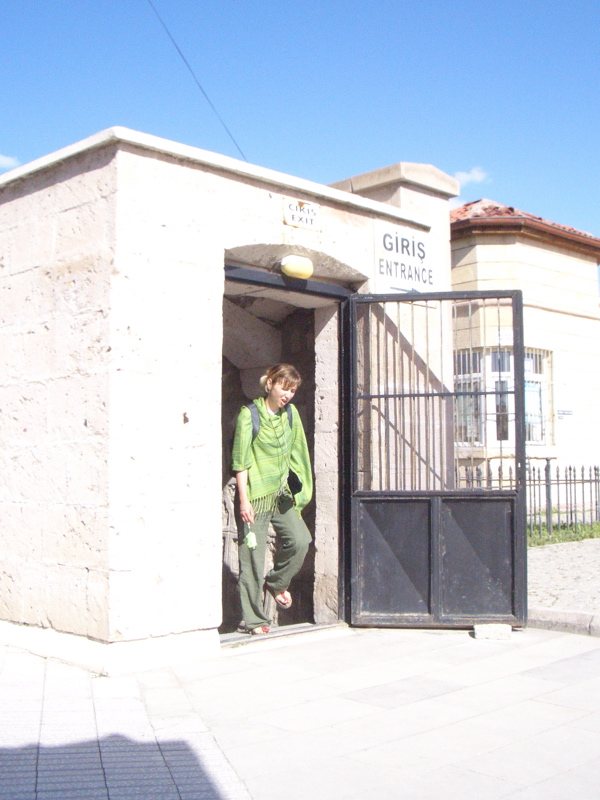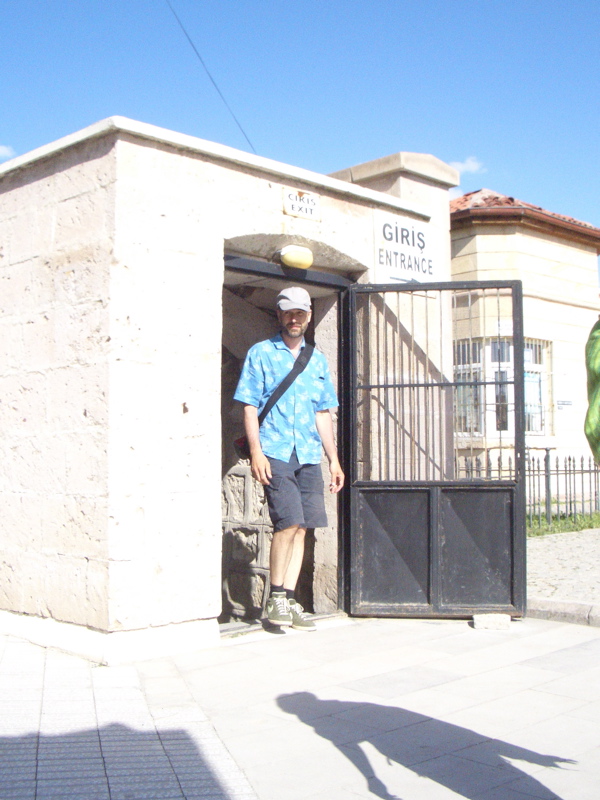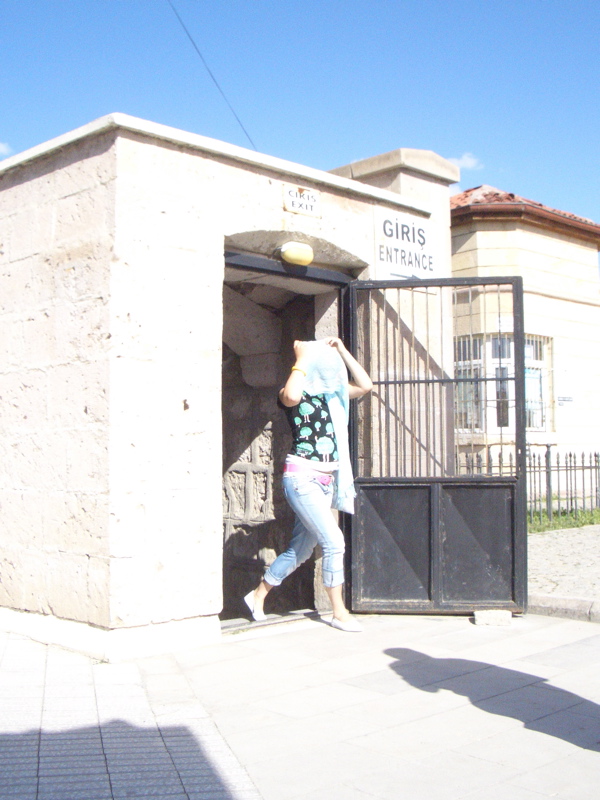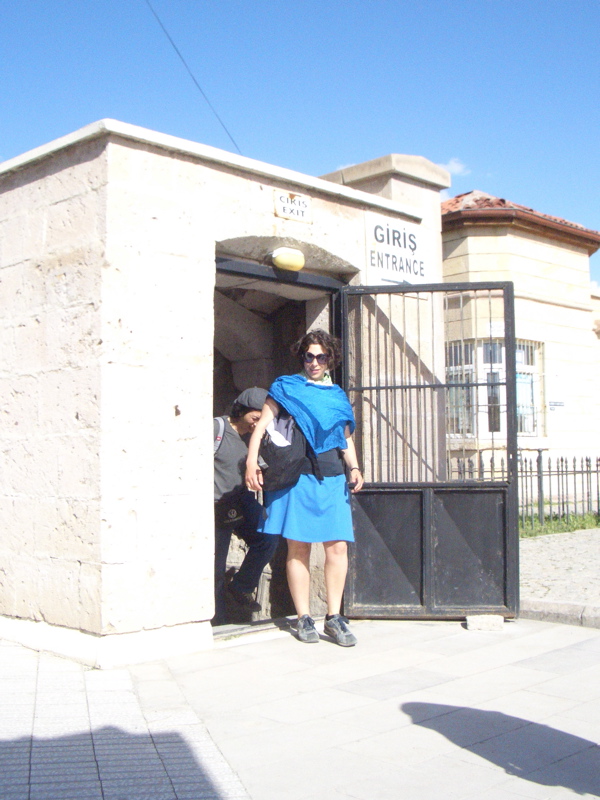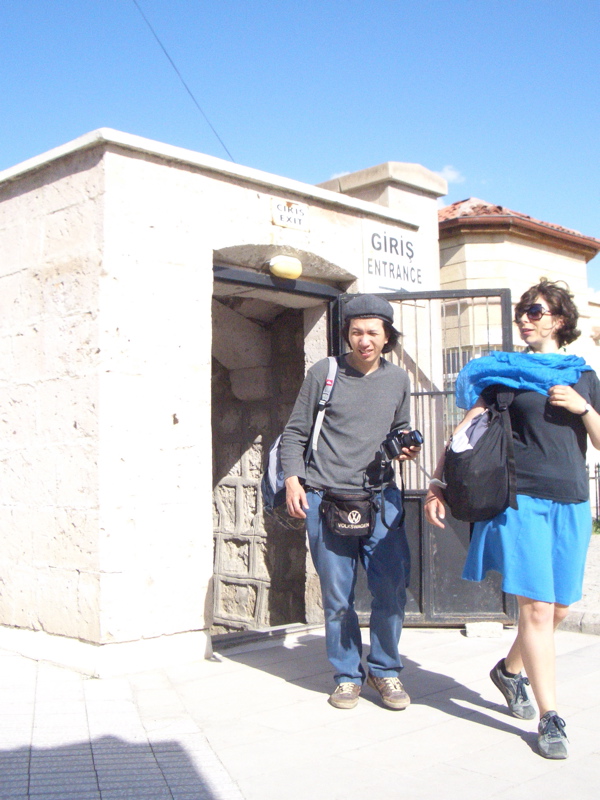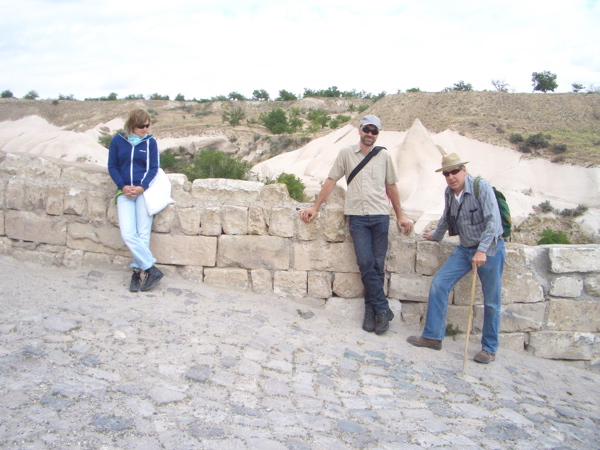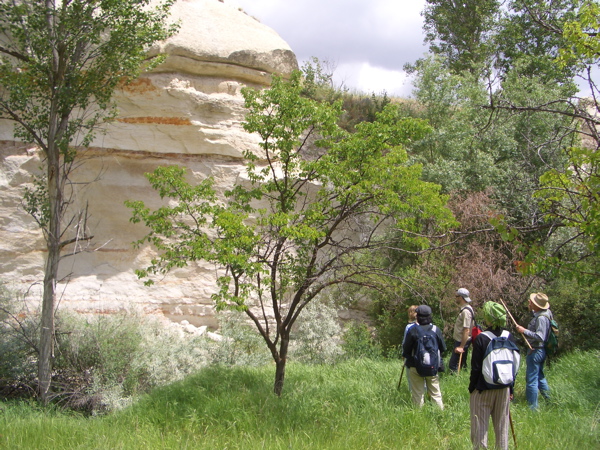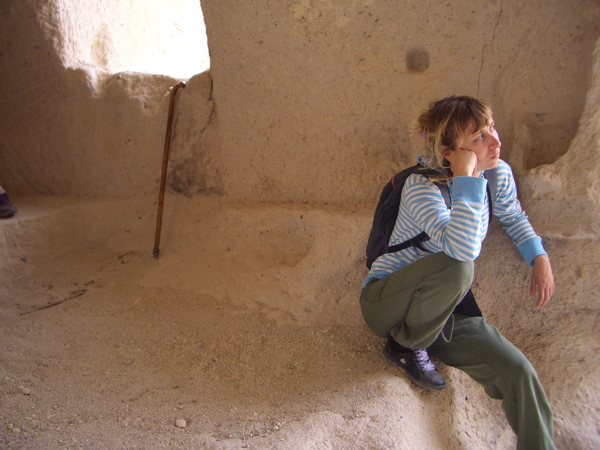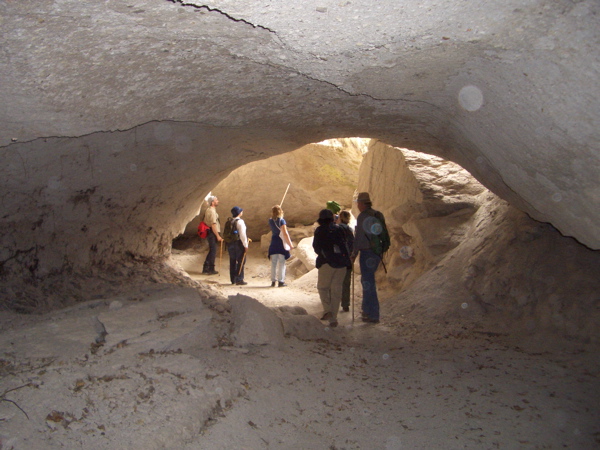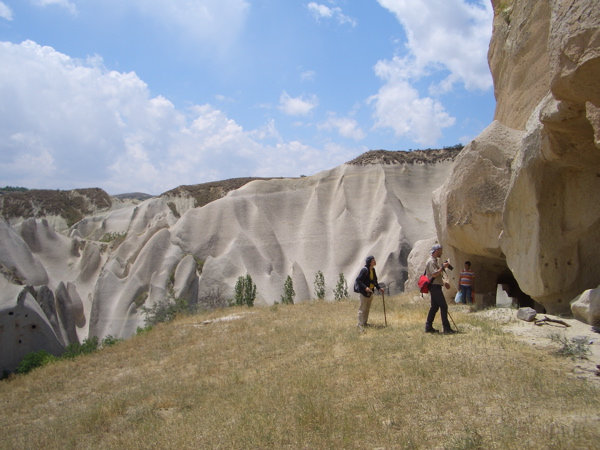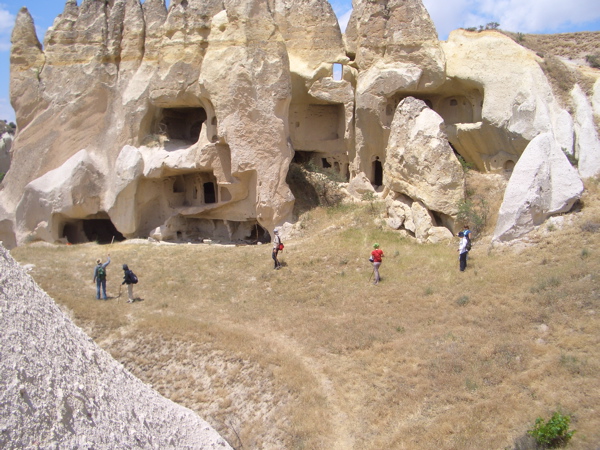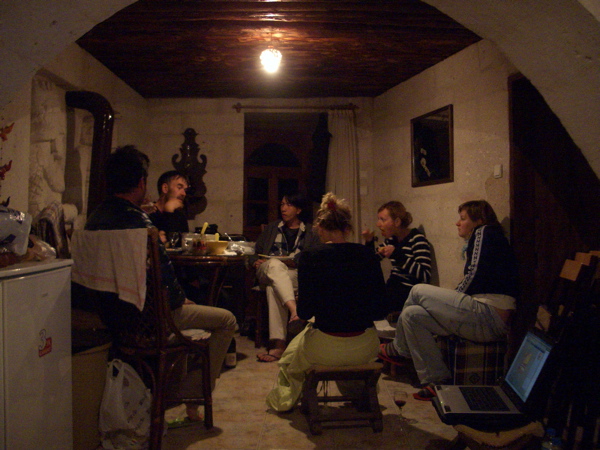Dear DAI people,
Marina, Renaldi and I have contacted Caroline Delan. She replied us today, and I am sending you e mail, and letter which she send me in the attachment. I think all this information can be quite useful for the beginning of our research.
Dear Ljubica
I attached you the project concept that we submitted today to a specific funding! We hope the project will be awarded by mid-June and to start it in July or so!
I also invite you to see our website and go to our focus areas to have a clue about what we do and intend to do on water management related to education and research!!!
Let me know also about your art project and your plans for further cooperation with Turkish universities or so!
And here is the letter with all necessary information.
Project Initiation Document
WETKAP – TOWARD AN ALTERNATİVE AND SUSTAİNABLE SOLUTİON FOR WASTEWATER TREATMENT İN RURAL AREAS İN CAPPADOCİA: SETTİNG-UP AN ARTİFİCİAL WETLAND İN IBRAHıMPAŞA
Promoter
Contact
Tel
E-mail NIHAnkara
Caroline DELAN (Project Manager)
+90 312 437 33 47
carolinedelan@nihankara.org
Applicant
Partners
Expert NIHAnkara
Cappadocia Rotary Club, Ürgüp
Cappadocia Professional University, Mustafapaşa
Babayan Culture House, Ibrahimpaşa
Dr. Elif Asuman Korkusuz
Motive and needs
Rural areas in Cappadocia still lack wastewater treatment systems to prevent streams in the region and the Kızılırmak river basin from pollution. Some of the municipalities in Cappadocia have started the installation of sewerage systems and the construction of a Wastewater Treatment Plant in Nevşehir – with the support of EU. However, small villages still need wastewater treatment solutions that would respect and protect more the environment and boost the local economy as well. Ibrahimpaşa is a good example of an agricultural village with a population of 1000 PE in the region. Even though the village has the sewerage system to collect the wastewater, the wastewater treatment system is still missing. Thus, all of the collected domestic wastewater discharges without any treatment into the volcanic caves of the valley, which creates odor, insects and health problems especially during the summer time. The already existing creek within the valley is receiving the wastewater of the sewerage outlets of the village as well as the untreated wastewater produced by the neighbour Kavak Municipality with a population of 4000 PE. Local people have already expressed their strong need and willingness for a sustainable treatment system that would preserve their health, the nature and cultural sites.
The constructed wetland treatment technology is an ecological decentralized wastewater treatment system that can be successfully applied in rural areas with a population of less then 2000 PE. Its development and application in Turkey has already started among local authorities due to its lower capital and O/M cost, as well as their low energy consumption when compared to the conventional treatment plants. Moreover these artificial wetlands can enable the re-use of treated wastewater for irrigation and recreation purposes.
To build such a constructed wetland for wastewater treatment in Ibrahimpaşa, where the natural and cultural heritage needs extra care and protection, requires at first an inspection of the current situation by experts. Since awareness about wastewater treatment is lacking among most of the local people, it is believed that young people’s education on the issue and giving them responsibility for the operation and maintenance of the treatment system could guaranty a long term concern on wastewater issues and dissemination of the treatment method. Hence, this project will also involve local people – especially students from the region (Kapadokya Meslek Yüksekokulu in Mustafapaşa) for operation and maintenance of the proposed system and for monitoring purposes. Additionally, voluntary students of the Meslek Yüksekokulu, Organic Agriculture Department, will conduct scientific experiments on the production efficiency of the local organic agricultural products irrigated with treated wastewater. This outcome is also expected to clarify long-term effects of the treated wastewater on the quality and quantity of the local organic food.
Objectives
The project aims at solving the wastewater treatment problem in a pilot village in Cappadocia in an environment and culture-friendly way – to preserve the valley, its cave churches and the Health of its inhabitants. With the involvement of local communities (farmers, students, businesses, civil society, etc.), the project also aims at raising awareness about wastewater management and the re-use of treated wastewater to develop local economy (irrigation for agriculture for instance).
• Nature and cultural sites preservation
• Prevention of rivers’ pollution
• Decreasing contamination risks
• Rural socio-economic development
• Promoting the re-use of treated wastewater
• Disseminating the wetlands innovative technology
• Raising local awareness about wastewater management
Target groups
The target groups are the 1000 inhabitants in Ibrahimpaşa, about 8 students from the organic agriculture department of Kapadokya Meslek Yüksekokulu in Mustafapaşa, 15 members of the Cappadocia Rotari Club, local authorities in Cappadocia (Nevşehir Governor, Ürgüp District Governors, Mayors of surrounding villages, and the Mukhtar of Ibrahimpaşa), and environmental and agricultural civil society organisations.
• Farmers and local inhabitants in Cappadocia
• Students and researchers in Cappadocia
• Civil society and professional organisations in Cappadocia
• Local authorities in Cappadocia
Activities
1. Management and evaluation (10 months): coordinating the project’s activities; networking with the experts, partners and target groups; proposing corrective actions when necessary; getting feedbacks from locals through interviews and from students through their reports; drafting interim and final reports.
2. Visibility strategy (10 months): filming the steps of the project; advertising the project through partners’ websites, leaflets, exhibition, and publications; inviting guest speakers at the final conference.
3. Designing the constructed wetland (2 months): field studies to be conducted by the expert in Ibrahimpaşa to determine how and where exactly to build the artificial wetland; drafting a feasibility study; workshop on the constructed wetland technology given by the Turkish and Dutch expert to some of the local students and in presence of Dutch students.
4. Pre-construction awareness rising (2 months): preparing and providing lectures about the wastewater issues and the constructed wetland technology for locals; delivering training for local students to assist for the plantation of the wetland and the monitoring of the treatment performance of the wetland.
5. Building the constructed wetland (4 months): mobilizing the necessary equipment and local human resources; conducting works together with participation of the local communities and with the assistance of local students; organizing a short field-study visit where students from Ankara and the Netherlands will see their peers assisting for the plantation part.
6. Post-construction awareness rising (1 month): certifying local students for their training and experiments; broadcasting the project documentary; opening ceremony with local communities and authorities, and other students from the region (high schools and universities).
Human resources
1. The project coordinator will be responsible for the overall coordination of the project, for ensuring the effective implementation of activities, and for evaluating the project.
2. The communication adviser will be in charge of networking with locals and students, and of preparing visibility tools – especially in coordination with the film maker of KozaVisual.
3. The eco-student group leader will organize at local level awareness raising activities about wastewater management in coordination with the expert of the project.
4. The project expert on constructed wetland technology for wastewater treatment will lead the feasibility study, the trainings and the works to be conducted in Ibrahimpasa.
Expected results
Expected results according to the previously defined objectives are as follows::
- Ibrahimpasa wastewater will be treated in an eco-technological and nature-friendly way
- The constructed wetland system will be an ecological treatment example for other villages
- The historical valley, the nature and locals’ health will be protected
- Tourists will not hesitate to come to the village because of bad odors and insects
- Awareness of young people and their families on environmental issues, especially on wastewater treatment, will be raised
- Young people will take responsibilty in their local region for environmental problems
- Young people will gain hope to solve their future environmental problems by themselves starting with small steps
Besides, some concrete outputs will be produced during the project such as booklets of the training curriculum, of the lecture for locals about wastewater, of the reports from students and interviews of locals, and of the developed model for feasibilty and construction of an artificial wetland in Cappadocia’s rural areas. A documentary based on the project will also be a tangible output for further awareness in the region and to motivate local decision-makers to replicate the project.
Social impact
As the project will involve local communities and will target as well local decision-makers, the expected social impact is quite deep. A social change, in mentalities and in habits, has to occur to ensure the full sustainability of the project and the preservation of local environment. Thus, social awareness will be created among all target groups. However, it has to be constantly monitored, deepened and refreshed especially for locals, who were not raised according to an “environmental-based” education.
The main obvious impact will be toward the very specific group of young people – namely the local students. They will have acquired a concrete and visible experience in project management and in local development assistance. The constructed wetland expert, who is a MS. Environmental Engineer and PhD. Biotechnology, will also encourage them to continue their involvement in the project – by being responsible for the monitoring of the constructed wetland. Their motivation will be higher when they will receive their certificate as recognition of a non-formal learning that they also can transfer on their own to their younger peers. They will also get a first glimpse of how collective action and environmental commitment can lead to greater personal skills development. The sharing-knowledge workshop with other students from Ankara and the Netherlands will also broaden their horizon and bring them new ideas and opinions about environmental-solution-based methods and techniques. Kapadokya Meslek Yüksekokulu (KMYO) has to ensure the transmission of these skills and ideas between generations of students by promoting peer-to-peer sessions, eco-student group leaders, and alumni associations.
There will also be an appropriation of the applied methodology and training by Kapadokya Rotary Club to target the local businesses and local authorities, and by the KMYO to be the local centre responsible for the operation, maintenance and monitoring of the performance of constructed wetland. Locals will also gain confidence in the efficiency of the created solution for their wastewater problem thanks to this involvement of civil society. The assumption for a durable quality of life of locals – when the constructed wetland will be maintained to work properly – is also the full support of local authorities and their willingness to trust the work to be done by civil society.
Sustainability
The financial and institutional sustainability will be ensured by the local authorities – including the governorship and municipalities – and by the local partners of the project – namely the Cappadocia Rotary Club and Cappadocia Professional University (KMYO).
The maintenance of the constructed wetland will be conducted by the trained students from KMYO, who will also monitor the treatment performance of the wetland and conduct experiments on organic food production with the treated effluent.
Further works to be conducted will be under the responsability of the District Governorship. The developed model – feasibility study according to the specific feature of the rural area and involvment of local communities in the construction and maintenance – will also be re-used by local partners for other surrounding villages to make sure that this pilot project leads to a wider-spread solution for wastewater treatment in the region. To this respect, environmental and agricultural civil society organisations and the Rotary Club will be the key organisations to ensure sustainability at policy level – to convince local authorities to implement the model.
Best regards,
Ms. Caroline Delan
Project Manager
EU Affairs Counsellor
—
NIHAnkara
Netherlands Institute for Higher Education
Koza Sokak 111, 06700 G.O.P. Ankara , Turkey
Tel: +90 (312) 437 33 47 - ext: 12
Fax: +90 (312) 437 33 42
E-mail: carolinedelan@nihankara.org
Website: http://www.nihankara.org


